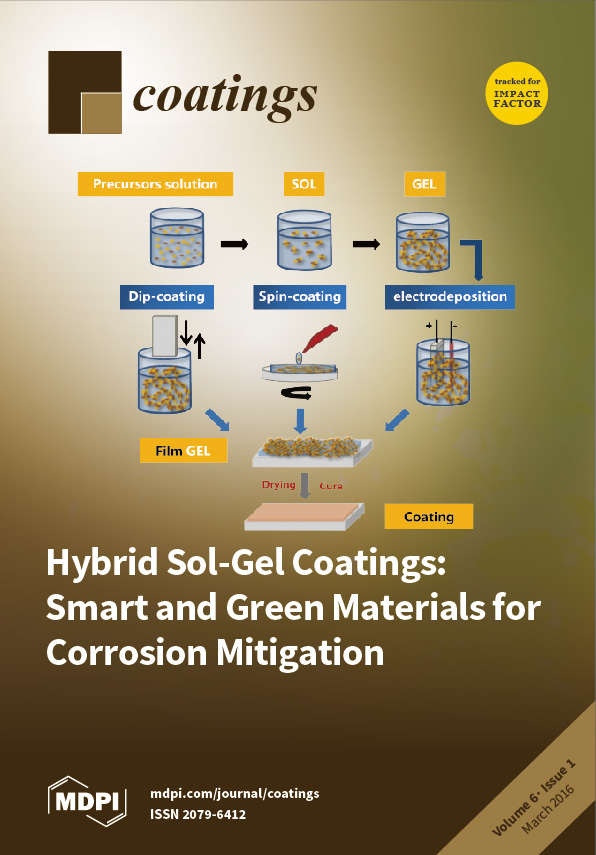Open AccessReview
State of the Art in the Development and Properties of Protein-Based Films and Coatings and Their Applicability to Cellulose Based Products: An Extensive Review
by
Maria-Beatrice Coltelli, Florian Wild, Elodie Bugnicourt, Patrizia Cinelli, Martina Lindner, Markus Schmid, Verena Weckel, Kerstin Müller, Pablo Rodriguez, Andreas Staebler, Laura Rodríguez-Turienzo and Andrea Lazzeri
Cited by 105 | Viewed by 17578
Abstract
There is increasing research towards the substitution of petrochemicals by sustainable components. Biopolymers such as proteins, polysaccharides, and lipids derive from a variety of crop sources and most promisingly from waste streams generated during their processing by the agro food industry. Among those,
[...] Read more.
There is increasing research towards the substitution of petrochemicals by sustainable components. Biopolymers such as proteins, polysaccharides, and lipids derive from a variety of crop sources and most promisingly from waste streams generated during their processing by the agro food industry. Among those, proteins of different types such as whey, casein, gelatin, wheat gluten, soy protein or zein present a potential beyond the food and feed industry for the application in packaging. The general protein hydrophilicity promotes a good compatibility to polar surfaces, such as paper, and a good barrier to apolar gases, such as oxygen and carbon dioxide. The present review deals with the development of protein-based coatings and films. It includes relevant discussion for application in paper or board products, as well as an outlook on its future industrial potential. Proteins with suitable functionalities as food packaging materials are described as well as the different technologies for processing the coatings and the current state of the art about the coating formulations for selectively modulating barrier, mechanical, surface and end of life properties. Some insights onto regulations about packaging use, end of life and perspectives of such natural coating for decreasing the environmental impact of packages are given.
Full article
►▼
Show Figures





